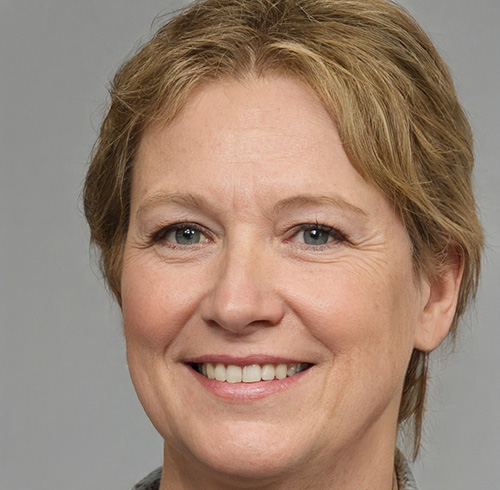For many students, taking out a loan is the only way to afford the high cost of education. Unfortunately, student loan debt has become a major issue in the United States, with millions of people struggling to repay their loans.
However, there is hope for those who are struggling. Student loan forgiveness programs are available that can help ease the burden of student loan debt. This blog explores the requirements for student loan forgiveness.
What Is Student Loan Forgiveness?
Student loan forgiveness is a program that allows borrowers to have some or all of their student loan debt forgiven or canceled. The purpose of this program is to help borrowers who are struggling to repay their loans due to financial hardship, disability, or other qualifying factors such as acceptance to a certain profession or years of eligible service.
Eligibility Requirements For Student Loan Forgiveness
The eligibility requirements for student loan forgiveness vary depending on the type of loan and the forgiveness program. Some common eligibility requirements include the following:
- Working in a certain profession or for a qualifying employer
Certain professions, like teachers, lawyers, and health care professionals, are qualified for student loan forgiveness, depending on where they work. For example, teachers can receive up to $17,500 in debt forgiveness if they teach in a low-income school or educational service agency. Nurses who work full-time at a designated critical shortage facility can get up to 85% of their student debt forgiven.
- Serving in the military or a public service organization
Being part of the military or serving in a government or non-profit organization is another way to qualify for a student loan forgiveness program. The military gives up to $65,000 for debt relief whether you’re an active-duty member or a veteran.
Working in public service also qualifies you to have the rest of your student loan forgiven if you’ve made up to 120 qualifying payments while working in another job.
- Being a victim of fraud or misrepresentation by the school
Loans made under fraudulent or suspicious circumstances are eligible to be forgiven. If you’ve been a victim of identity theft and someone took a loan under your name, that loan can be forgiven. Likewise, if the school made a misrepresentation about your eligibility for a loan, the loan can also be forgiven.
- Demonstrating financial hardship
If you’ve experienced bankruptcy or disability and are unable to continue paying for your student loans, you can also qualify to have the debt forgiven. The Federal Student Aid also has several programs that deal with these situations.
Federal Student Loans
There are several types of federal student loan forgiveness programs available. These include:
- Public Service Loan Forgiveness (PSLF): This program is available to borrowers who work full-time for a qualifying employer, such as a government or non-profit organization, and make 120 qualifying payments on their loans. After 120 payments, the remaining balance is forgiven.
- Teacher Loan Forgiveness: This program is available to teachers who work in low-income schools or educational service agencies for at least five consecutive years. The amount of forgiveness varies depending on the subject taught and the amount borrowed.
- Income-Driven Repayment Plans: These plans allow borrowers to repay their loans based on their income and family size. After 20-25 years of payments, the remaining balance is forgiven.
Private Student Loans
Private student loans are not eligible for federal loan forgiveness programs. However, some private lenders offer their own forgiveness programs. These programs may have different eligibility requirements and forgiveness terms than federal programs.
There are also some instances when employers offer student loan forgiveness in exchange for tax relief incentives. However, these are not the norm and most private student loans, including federal loans consolidated by a private lender, are not qualified for student loan forgiveness.
Applying For Student Loan Forgiveness
The first step is to look for a loan where you can qualify and where you meet the requirements for student loan forgiveness. Once you’ve selected a program, look at its documentary requirements and gather them.
To apply for student loan forgiveness, borrowers must complete an application and provide documentation to prove their eligibility. Common documentation includes proof of income and eligibility, like work certificates, tax returns, and loan repayment history. Successfully finishing a degree is not a requirement for student loan forgiveness.
The application process can be complex, and it is important to carefully review the requirements and deadlines for each program. In most cases, programs close when they reach the maximum number of applications. However, they may still reopen in the future, so always check your options.
Frequently Asked Questions:
Borrowers who have made 120 qualifying payments while working full-time for a qualifying employer, typically a government or non-profit organization, are eligible for PSLF.
Generally, private student loans are not eligible for federal forgiveness programs; however, there may be other options such as refinancing or private lender hardship programs.
To qualify, teachers must have been employed full-time for five complete and consecutive academic years in a low-income school or educational service agency, among other requirements.
By understanding the requirements for student loan forgiveness, you can have your loans canceled and your debt burden alleviated. Still have questions? Here’s everything you need to understand the student loan forgiveness application process.






